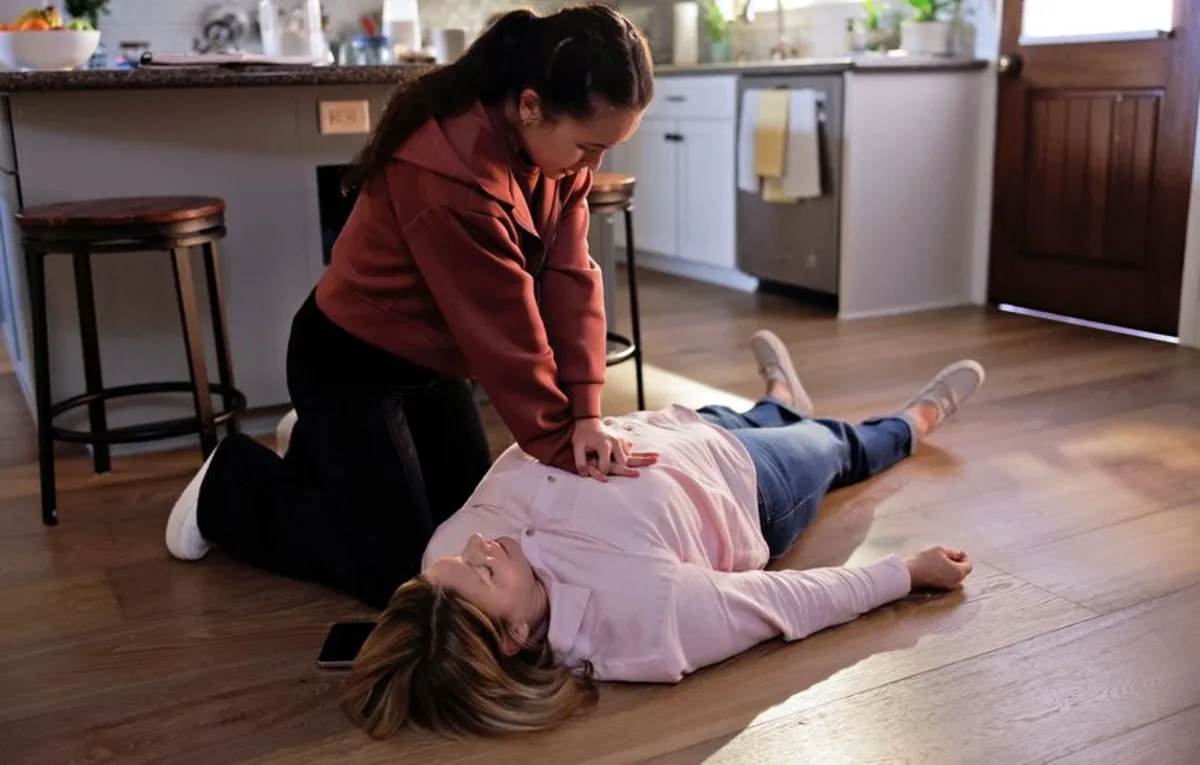
DALLAS, Oct. 22, 2025 — The 2025 American Heart Association Guidelines for Cardiopulmonary Resuscitation (CPR) and Emergency Cardiovascular Care (ECC) have been officially published, marking the first comprehensive revision since 2020. These updated guidelines, featured in the Association’s prestigious journal, Circulation, introduce critical recommendations for managing choking incidents and suspected opioid overdoses, among other lifesaving interventions.
In the U.S., roughly 350,000 individuals experience an out-of-hospital cardiac arrest annually, with a staggering 90% resulting in death. The updated guidelines emphasize that choking affects a significant number of adults and children, making it essential for laypersons to know how to respond effectively. For conscious children and adults, the new guidance recommends alternating between five back blows and five abdominal thrusts until the object is expelled or the individual becomes unresponsive.
Previously, choking recommendations for adults were absent, while children were advised to perform only abdominal thrusts. For infants, the guidelines suggest alternating five back blows with five chest thrusts using the heel of one hand, explicitly stating that abdominal thrusts are not safe for infants due to the risk of injury.
The 2025 guidelines also introduce new strategies for handling suspected opioid overdoses, which account for 80% of all drug overdose fatalities globally. The World Health Organization (WHO) indicates that opioids can severely impact the brain's ability to regulate breathing, leading to life-threatening conditions. Key signs of an opioid overdose include:
Slow, shallow, or absent breathing Choking or gurgling sounds Drowsiness or loss of consciousness Small, constricted pupils Blue or grey discoloration of the skin, lips, or nail bedsFor the first time, public access instructions on the use of naloxone, a medication that can reverse the effects of opioids, are included in these guidelines.
The volunteer writing group from the American Heart Association has decided to revert to a single chain of survival for all types of cardiac arrest, whether in adults or children, and regardless of whether they occur in or out of the hospital. This unified approach is supported by evidence indicating that children aged 12 and older can be effectively taught CPR and defibrillation.
To enhance the response of lay rescuers to out-of-hospital cardiac arrests, the guidelines advocate for increased support of media campaigns, instructor-led training, and community training initiatives. Currently, only about 41% of adults who suffer a cardiac arrest outside the hospital receive CPR before emergency medical services arrive; however, early CPR can significantly increase survival chances.
In a collaborative effort with the American Academy of Pediatrics, the guidelines have been meticulously crafted to ensure that pediatric and neonatal resuscitation practices are up-to-date. Significant updates include recommendations for newborns, such as delaying umbilical cord clamping for at least 60 seconds to improve blood health and iron levels in infants.
“We are proud to jointly publish these guidelines in both the Circulation and Pediatrics journals, emphasizing our commitment to pediatric and neonatal resuscitation,” stated Dr. Javier Lasa, co-chair of the Pediatric Advanced Life Support Writing Group.
The American Heart Association has been a pioneer in updating and disseminating CPR guidelines since 1966, underscoring its dual role in raising public awareness and serving as the scientific authority for CPR recommendations used globally. Millions of individuals are trained annually in CPR, first aid, and advanced cardiovascular care through the Association’s initiatives.
Dr. Ashish Panchal, chair of the Emergency Cardiovascular Care Science Committee, remarked, “High-quality CPR saves lives, and it’s vital to ensure everyone can provide this care when necessary. We encourage everyone to participate in CPR training to be prepared in emergencies.”
The 2025 CPR guidelines and associated training materials are set to be released alongside the publication, ensuring immediate access to the latest science for learners. These updates will also be translated into multiple languages to broaden accessibility.
For further information, resources, and to join the movement towards becoming a lifesaver, connect with the American Heart Association through its website and social media platforms.